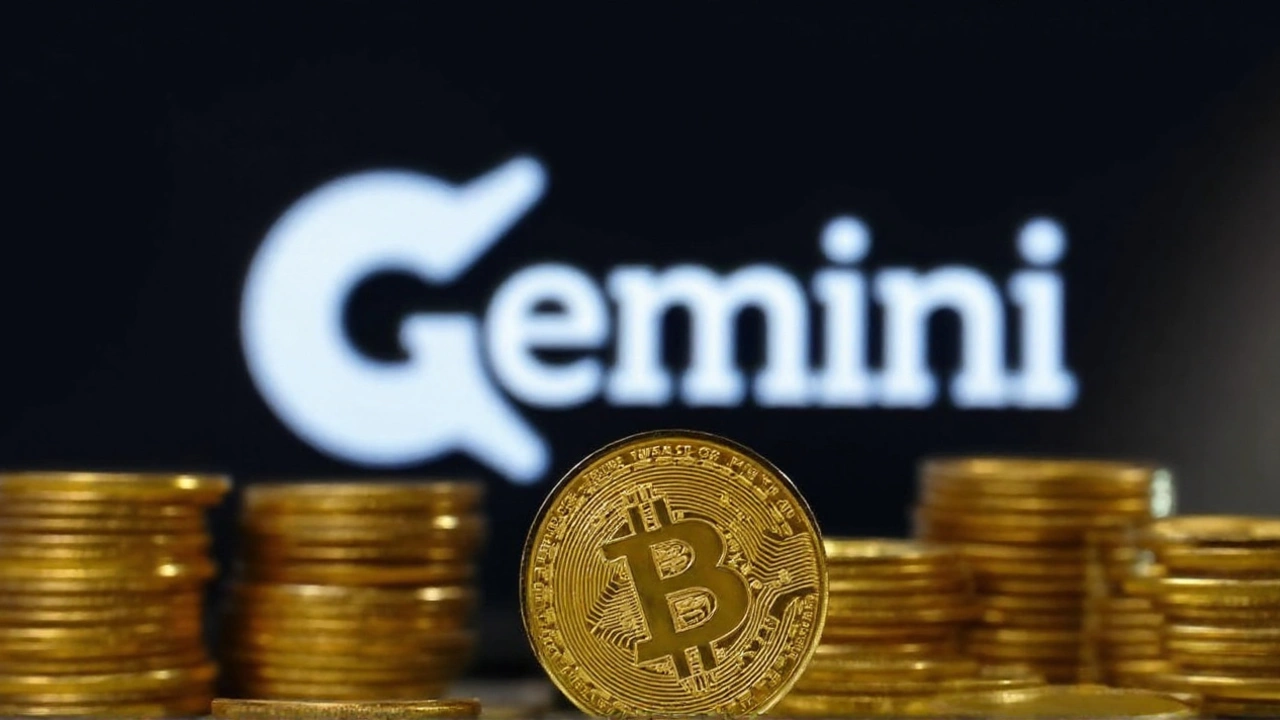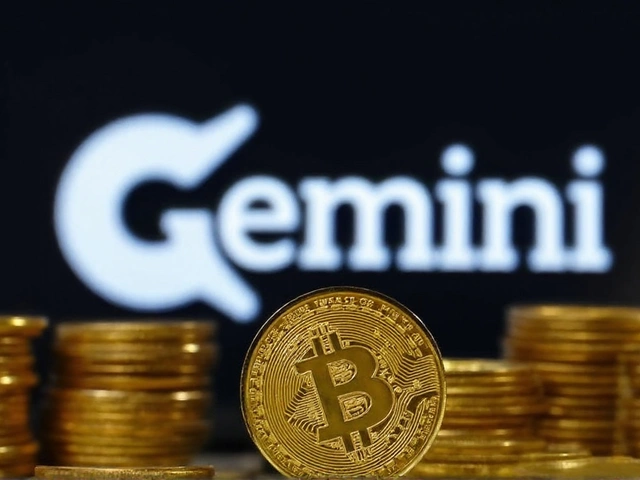Twenty times the demand: a rare pop for a crypto listing
Investor demand swamped the debut of Gemini, the cryptocurrency exchange started by Cameron and Tyler Winklevoss. According to people familiar with the book, orders topped supply by more than 20 times as the company priced its initial public offering at $28 per share. The deal size sits around $425 million, implying a valuation north of $3 billion. That scale of oversubscription is unusual for a U.S. tech listing right now and suggests investors are leaning back into digital-asset infrastructure plays after a rocky few years.
The message from the buy side is clear: they want exposure to liquid, regulated crypto platforms with established operations and a track record in compliance. Gemini has pitched itself as exactly that since launch—New York-regulated, security-first, and built for institutions. With risk appetite returning and crypto markets holding up, the timing worked. The order book, sources said, ran deep with long-only funds as well as hedge funds looking for near-term upside and longer-term cash-flow growth if trading volumes continue to normalize.
At $28 a share, bankers found a price that balanced near-term performance with the company’s need to raise capital at scale. In a standard bookbuild, demand this strong means most accounts get cut back, allocations are tight, and trading on day one can be active as investors try to fill what they didn’t receive. While specific mechanics are not public, deals of this size typically include stabilization tools used across major U.S. IPOs.
The Gemini IPO now joins a small club of crypto-related listings that managed to land cleanly. Coinbase’s 2021 direct listing set the template for a public crypto exchange in the U.S., but few have followed with momentum. The difference in 2025 is the backdrop: regulated spot bitcoin ETFs are live, large institutions are more comfortable with custodians and trading venues, and boards are less wary of the headline risk that deterred them in the last downturn.

Why this deal hit a nerve—and what comes next
Three forces pushed demand: clarity, cash flows, and credibility. First, the regulatory picture, while far from settled, is clearer than it was two years ago. Large asset managers now run spot bitcoin ETF products under existing securities rules, which nudged many investors to view crypto-market plumbing—exchanges, custody, data—as core infrastructure rather than a speculative side bet.
Second, the business model has stabilized. Exchanges earn from trading fees, prime brokerage features, and storage. When markets are active, revenue scales quickly; when they cool, interest and custody income can help smooth the cycle. Investors like that mix more than they did during the last bubble, when fee wars and token incentives distorted the picture.
Third, credibility matters. Gemini has long leaned into compliance, operating as a New York trust company and building processes to meet institutional checks. The brand is associated less with promotional tactics and more with risk controls—an angle that plays well with pensions, endowments, and conservative mutual funds that now take meetings on crypto but have hard rules on counterparties.
The 20x-plus oversubscription doesn’t mean the hard part is over. Public markets will press for operating leverage and transparency. Investors will scrutinize unit economics: fee take rates, customer acquisition costs, churn across retail and institutional clients, and how the company navigates fee pressure as competition remains fierce. They will also watch balance sheet conservatism—how much cash is held, how customer assets are segregated, and where interest income is sourced.
Gemini’s competitive map is crowded. Coinbase is the incumbent in the U.S. public markets with deep liquidity and brand recognition. Kraken remains a private heavyweight. Global players still dominate volumes offshore, even if U.S. access is limited. To stand out, Gemini will point to its institutional relationships, custody credentials, and a product set that includes spot trading, derivatives access for eligible clients, and a regulated stablecoin product family. The pitch: higher-trust rails win when big money shows up.
Macro conditions help. Crypto prices have held better than skeptics expected, and volatility—love it or hate it—drives activity. The launch of spot bitcoin ETFs in the U.S. brought new flows and pushed more traditional investors to map their crypto exposure across public equities. If funds can’t buy every token or venture round, they can buy the companies that run the pipes.
There are risks. Regulation could tighten quickly if there’s a major market event. Fee compression is real as rivals battle for order flow. Retail activity can fade if prices stall. And listing as a public company brings quarterly pressure that private firms often avoid. The market will want consistent revenue, cleaner earnings, and clear disclosures around any lending, staking, or yield-related services tied to tokens—areas that have been flashpoints for regulators.
Still, the deal’s reception says a lot about where crypto sits in 2025. The narrative has shifted from “Is this going to zero?” to “Which venues become the standard?” Oversized demand for a regulated exchange signals that investors see exchanges and custodians as the picks-and-shovels trade—less dependent on any single coin and more on the growth of the whole ecosystem.
What will investors track from here?
- Market share gains across retail and institutional segments, and whether net new assets accelerate in the first two quarters post-IPO.
- Revenue mix: trading fees versus custody and interest income, and how resilient that mix is in quieter markets.
- Regulatory posture: licenses, examinations, and any settlements that clarify the operating perimeter.
- Institutional wins: custody mandates, ETF servicing roles, and integrations with prime brokers.
- Cost discipline: operating margins as scale kicks in, plus headcount and tech spend trends.
- Liquidity events: lock-up expirations and any secondary sales by early holders.
For the Winklevoss twins, the listing marks a new chapter. They were early to bitcoin, built a regulated exchange when it wasn’t fashionable, and stayed the course through multiple cycles. Today’s demand doesn’t crown a winner, but it does reset the conversation. If a crypto exchange can raise hundreds of millions at a multibillion-dollar valuation with a book twenty times covered, the market is saying it wants a seat at the table—just with guardrails firmly in place.





